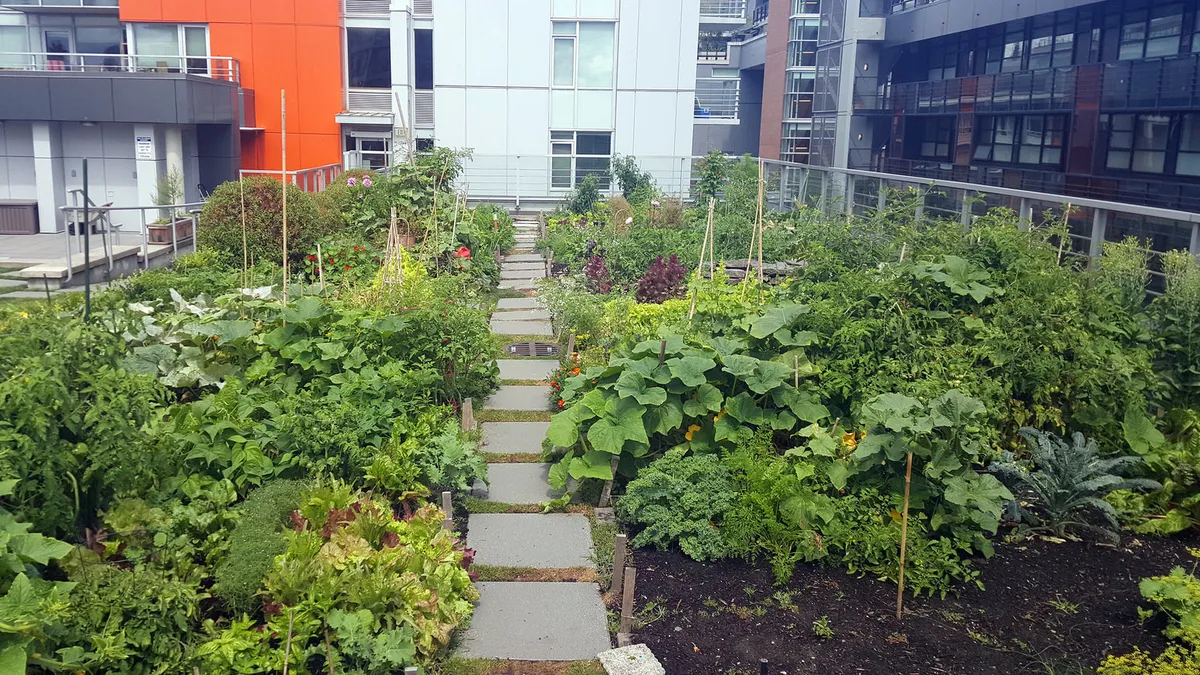Dive Brief:
- A composting project at Moreau Catholic High School in Hayward, Calif., started by Spanish teacher Serena Maniscalco in 2011 has grown into a flourishing garden where art, theology and English students grow crops like eggplants and tomatoes alongside the student environmental club Earthwise, wrote EdSurge.
- Maniscalco assigns students to water the plants while talking to the new shoots in Spanish, believing that they feel less inhibited if they’re talking to a plant than a peer — and parents are also fans of the green space, with one telling Maniscalco that allowing her son to pick weeds helped with his obsessive-compulsive disorder.
- Although Maniscalco said she just wanted to start the garden and see where it would go, she was asked to write a three-year plan that was ultimately approved by the school board approved, and a second three-year plan is on its way to make sure the garden continues to thrive.
Dive Insight:
A school garden project can teach students about science subjects from nutrition to composting, while also providing a space that the entire student body can enjoy anytime. Using project-based approaches to tie curriculum to a real-world outcome is taking root at schools nationwide.
In Akron, Ohio, students at the National Inventors Hall of Fame STEM Middle School built a new tween space in their local library as part of a project-based learning assignment. The STEM lesson did more than teach students about how to use technology and software: They also got a new space to hang out after school and on weekends.
The Edible Schoolyard Project at Martin Luther King, Jr. Middle School in Berkeley, Calif., teaches students how to grow greens and vegetables while also weaving in literature, biology, history and social justice lessons. Plus, students get to eat the fruits of their labor. Project-based learning experiences not only impart real-world lessons, but with some creative forethought, they can bring some tangible benefit to schools and districts.












